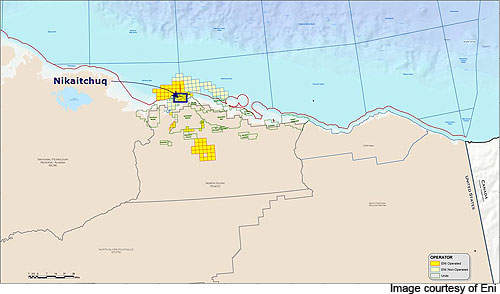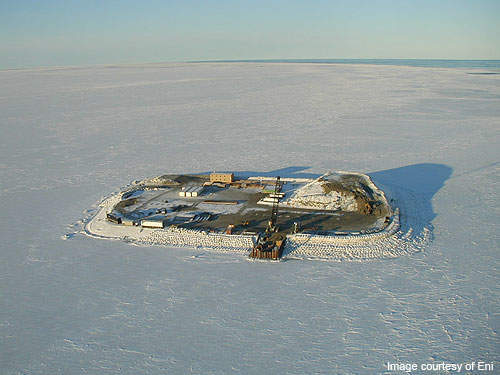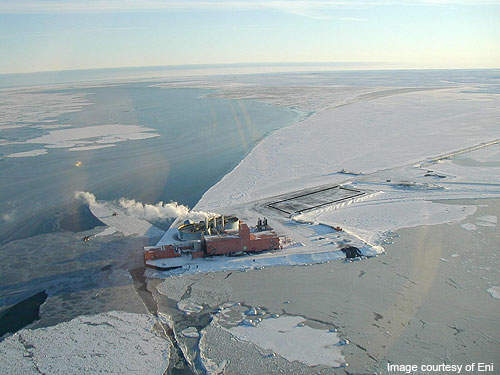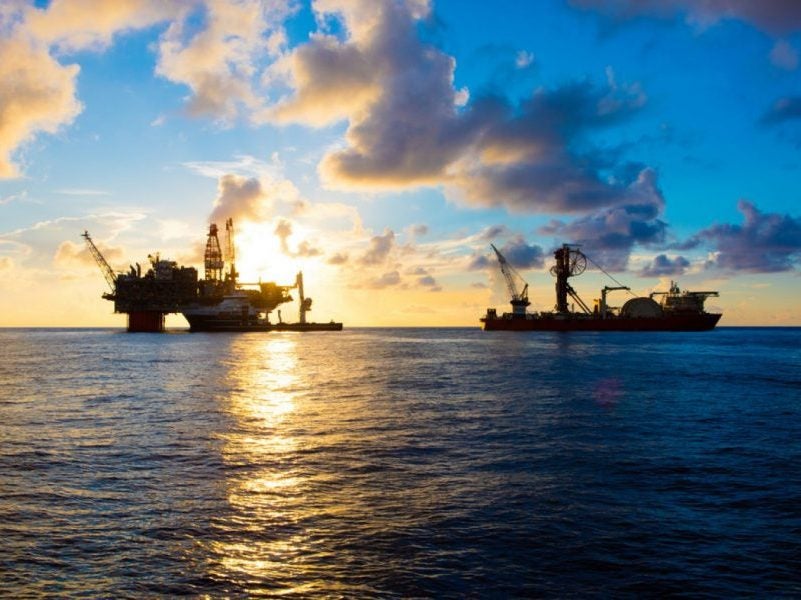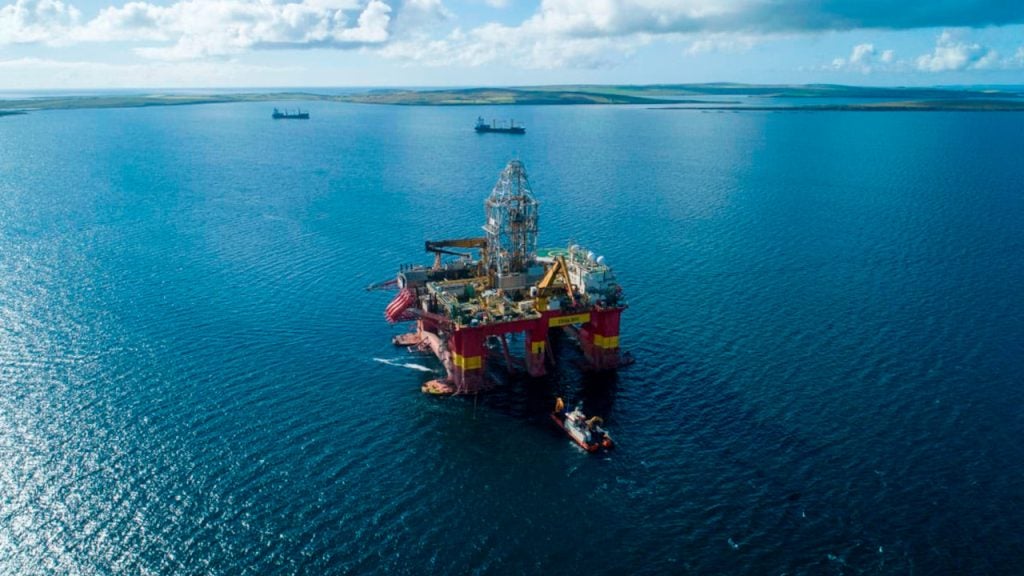The Nikaitchuq oilfield lies at a depth of 3m off the shore of the North Slope of Alaska in the Beaufort Sea. The field is owned and operated by Eni (100%). The company is spending $1.5bn on the field’s development.
First production from the field was expected in 2009 / early 2010. Eni, however, delayed the project in March 2009 due to a decline in crude prices, hurricane-related fabrication delays and poor economic conditions.
Development activities were resumed at the end of 2009. First production occurred in February 2011 and a peak production of 28,000bpd is expected.
Geology and reserves
The Nikaitchuq field is estimated to contain 220 million barrels of oil in two reservoirs. Light oil is found in the deep, low quality Sag River reservoir.
A bigger accumulation of viscous oil is found in the shallow Schrader Bluff reservoir.
Field development
Kerr-McGee, the earlier operator of the field, drilled eight wells that tested for oil between 2004 and 2007. These early exploration activities suggested the need for horizontal producing and injection wells to maintain pressure and economically recover the hydrocarbons.
Eni acquired 100% interest in the field in 2007 and commenced the development of the field in January 2008. Eni drilled a production and a disposal well between 2008 and 2009.
Eni’s development plans for the Nikaitchuq field include drilling of 52 extended-reach wells (22 onshore and 30 offshore) in two phases. The drilling will be carried out from two drilling pads. One drilling site is the onshore pad at Oliktok Point. The other is an 11-acre offshore artificial floating gravel island at Spy Island, located about 4.5km from the coast in Harrison Bay. Construction of both drilling pads has been completed.
In the first phase, 22 wells will be drilled from Oliktok Point Pad. These wells include ten production wells and eight injectors, which will be located side by side. They will be drilled horizontally at angles ranging between 50° and 80°, with laterals ranging between 4,000ft and 10,000ft. Three water wells and one disposal well will also be drilled.
Eni has completed the drilling of 12 onshore wells from Oliktok Point Pad. Drilling on the remaining wells is being carried out by Nabors rig 245-E.
Thirty offshore wells will be drilled in the second phase from the Spy Island drilling pad. These include 16 production wells, 13 injection wells and one disposal well. Eni plans to use Doyon rig 15 to carry out drilling activities at the Spy Island drilling pad. Drilling is expected to commence in late 2011 and be complete by 2014.
The disposal wells will be used to get rid of non-hazardous waste generated at the field. These wells will inject waste into an underground reservoir located below any possible drinking water sources.
Nikaitchuq production
Horizontal injector wells in the Schrader Bluff reservoir will inject water to push oil towards horizontal production wells.
The oil produced will be transported to the new 40,000bpd processing facility located at Oliktok Point. The processed oil is then sent to the Kuparuk pipeline, which is connected to the Trans-Alaska Pipeline System.
Pipeline
A pipeline bundle will carry the oil produced from the Spy Island drilling pad to the Oliktok Point processing plant.
The bundle includes an 18inx14in production flowline, a 12in water injection flowline and a 6in spare flowline. A fibre optic cable and power cable are also part of the bundle.
A 10in export pipeline will carry processed oil from the Oliktok Point processing plant to the Kuparuk pipeline.
Contracts for the Nikaitchuq oilfield
INTECSEA was awarded the contract for providing pre-FEED, FEED, design and construction support for the subsea pipeline bundle.
Nanuq built the offshore gravel island at Spy Island. The scope of work for Nanuq included three and half miles of trenching for the construction of the island and maintenance of ice roads.
Construction of the pipelines was carried out by HC Price. ASRC Energy Services is providing support services for field development.
ATCO was contracted for building the on-site camp for personnel at Oliktok Point.

